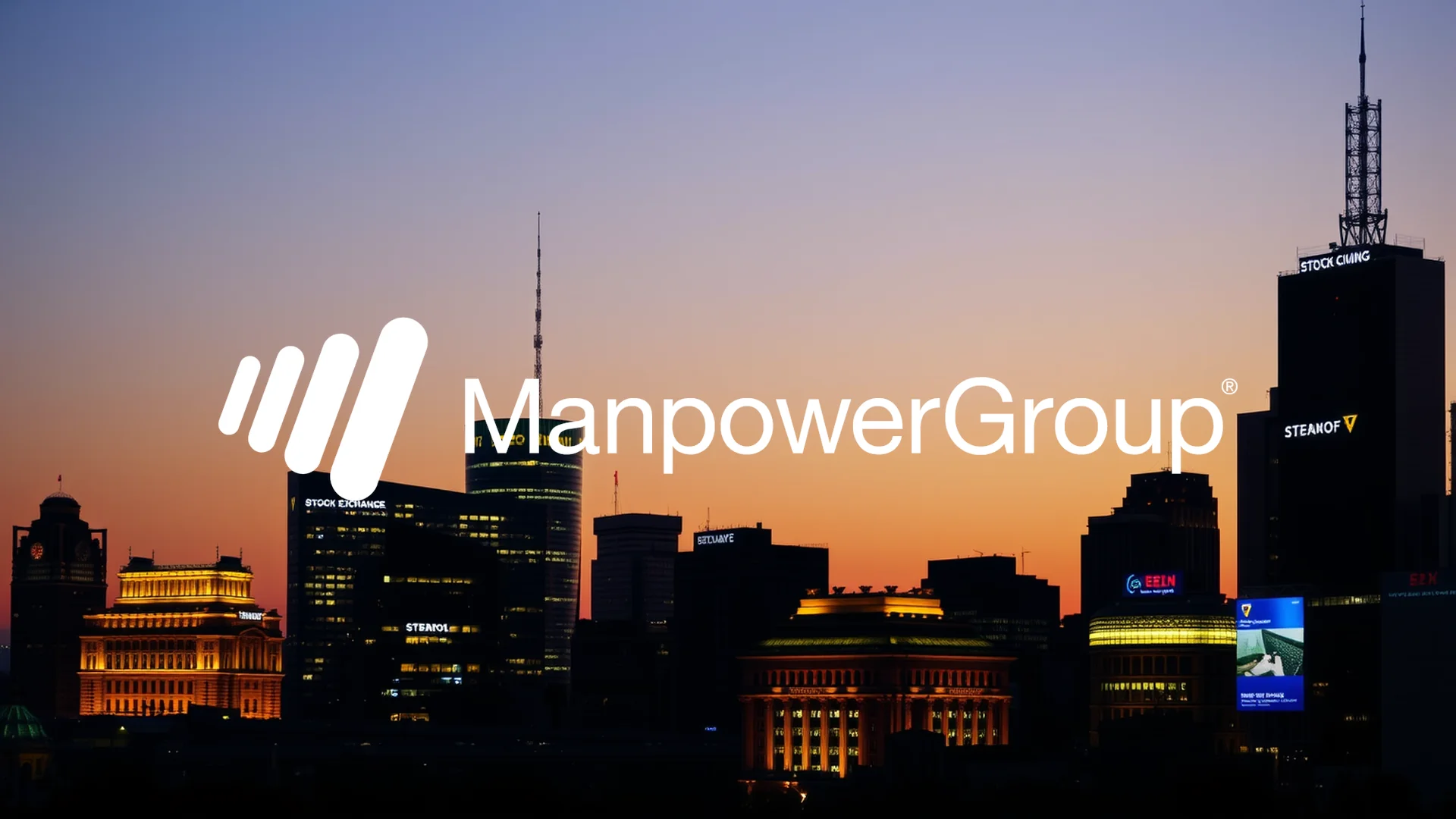When Palantir Technologies launched its public offering five years ago during the height of COVID-19 uncertainty at $10 per share, few could have predicted the extraordinary journey ahead. What initially appeared as a risky market entry has transformed into one of the most remarkable success stories of recent years, with shares surging an astonishing 1,700 percent. This explosive growth has propelled the once-unprofitable enterprise into the elite circle of America’s twenty most valuable corporations. Yet, even as the company reaches unprecedented heights, questions emerge about whether its artificial intelligence narrative has already been fully valued by investors.
Valuation Concerns Amid Record Performance
The spectacular rally comes with significant valuation considerations. Currently trading at 226 times projected earnings and more than 80 times revenue, Palantir’s multiples have reached dizzying levels that even exceed typical growth stock benchmarks. In August, Citron Research’s Andrew Left cautioned investors about what he termed a “disconnect from fundamental realities,” suggesting a fair value closer to $40 per share—substantially below current trading levels. Left’s assessment contrasts Palantir’s valuation with OpenAI’s $500 billion valuation to support his position.
Despite these concerns, CEO Alex Karp remains characteristically defiant toward critics. The combative executive has bluntly stated that those uncomfortable with Palantir’s pricing should simply “exit their positions.” His confidence stems from the company’s positioning within what he considers the most significant technological transformation of our era.
Strategic Transformation and Business Momentum
Palantir’s transition from controversial government contractor to Wall Street’s artificial intelligence darling represents one of the most dramatic corporate evolutions in recent memory. The company’s current market capitalization exceeds $432 billion, placing it ahead of established technology giants including Cisco and IBM.
This remarkable ascent finds solid foundation in impressive operational metrics. The second quarter of 2025 marked a pivotal moment as Palantir surpassed the $1 billion revenue threshold for the first time. Financial experts project full-year 2025 revenue will reach $4.2 billion, representing a sixfold increase compared to 2019 figures.
The company’s client portfolio has expanded dramatically from 125 customers in early 2020 to 849 by June 2025. Concurrently, Palantir has grown its workforce significantly, adding approximately 1,500 employees to reach a total headcount exceeding 4,000 professionals.
Should investors sell immediately? Or is it worth buying Palantir?
Defense Contracts and AI Platform Drive Growth
Palantir’s Artificial Intelligence Platform (AIP) serves as the primary growth accelerator. While government contracts continue providing stable foundational revenue, commercial business has surged as enterprises increasingly seek AI solutions to enhance operational efficiency.
The company’s strategic importance receives ongoing reinforcement through massive government agreements. During summer months, Palantir secured a software contract with the U.S. Army potentially worth up to $10 billion. Additionally, the Pentagon expanded its Maven Smart Systems agreement to $1.3 billion.
This technology plays crucial roles in supporting Ukraine and allied nations, though such positioning occasionally generates controversy. Karp acknowledged losing staff members following his public support for Israel after the October 7, 2023 attacks.
From Uncertain Beginnings to AI Leadership
Reflecting on Palantir’s September 30, 2020 market debut, Chief Financial Officer David Glazer recalls that “it was the pandemic’s beginning, and nobody knew what would happen.” Market conditions remained volatile, the company reported consistent losses, and criticism surrounding controversial government contracts persisted. Even the initial $16.5 billion valuation fell below the private market peak achieved in 2015.
The decision to pursue a direct listing rather than traditional IPO ultimately proved fortuitous. Karp’s prediction that public market status would accelerate growth has been thoroughly validated by subsequent developments.
The next critical assessment arrives November 3 with third-quarter earnings. Market analysts anticipate earnings per share of $0.17 and revenue of $1.09 billion, representing another 50 percent increase. However, given current extreme valuation multiples, any disappointment could trigger significant share price volatility.
Ad
Palantir Stock: Buy or Sell?! New Palantir Analysis from November 15 delivers the answer:
The latest Palantir figures speak for themselves: Urgent action needed for Palantir investors. Is it worth buying or should you sell? Find out what to do now in the current free analysis from November 15.
Palantir: Buy or sell? Read more here...












